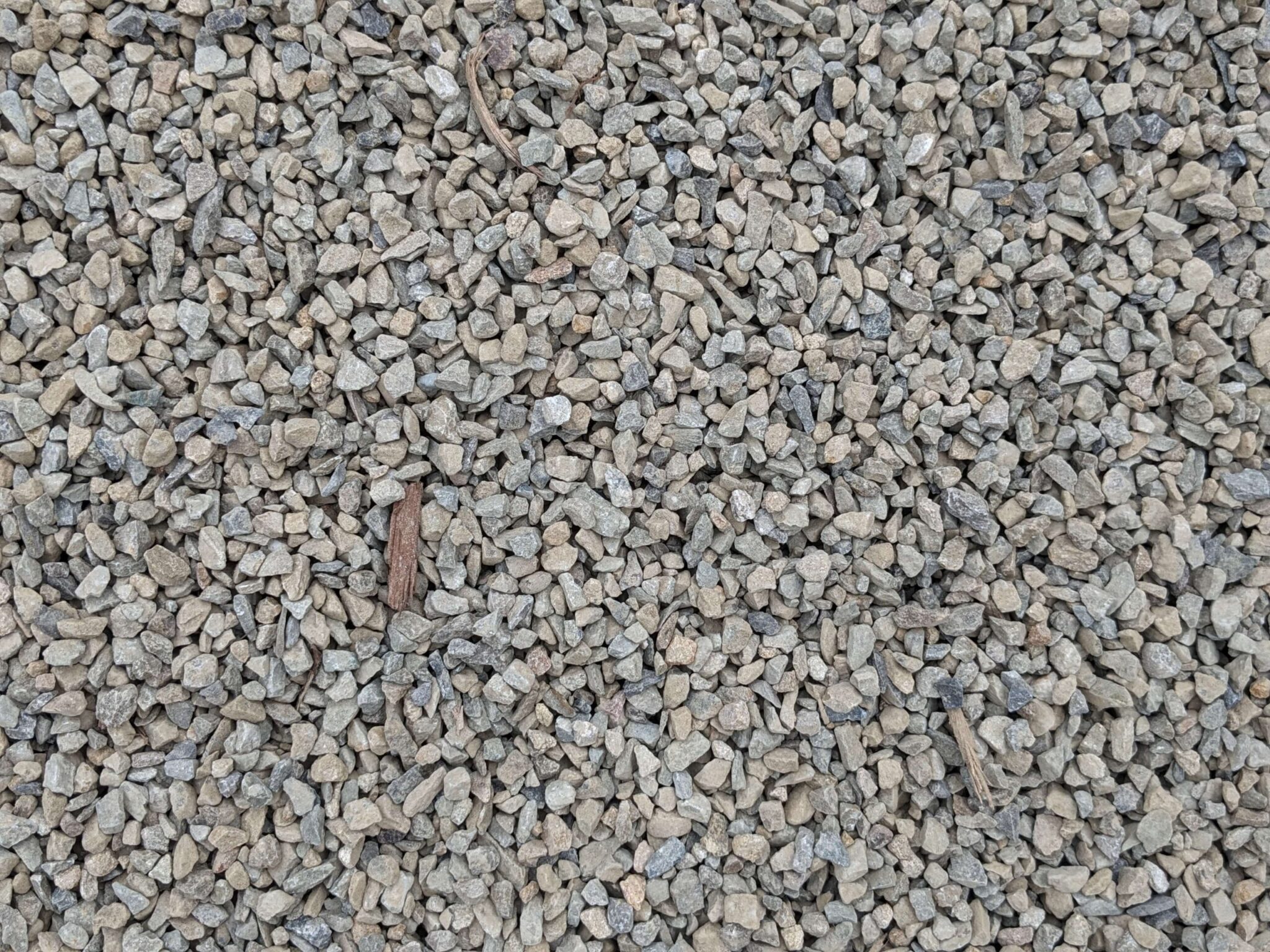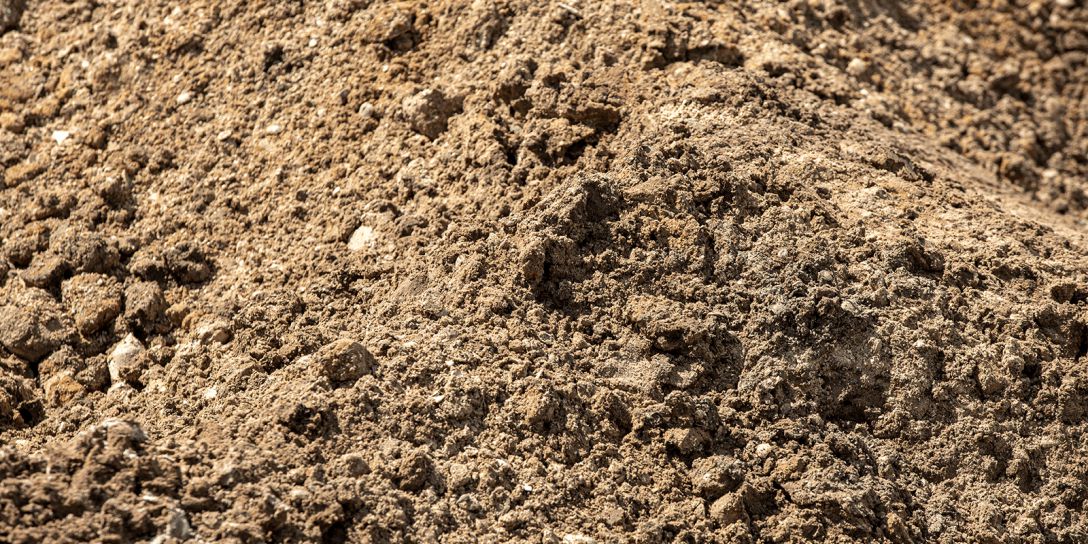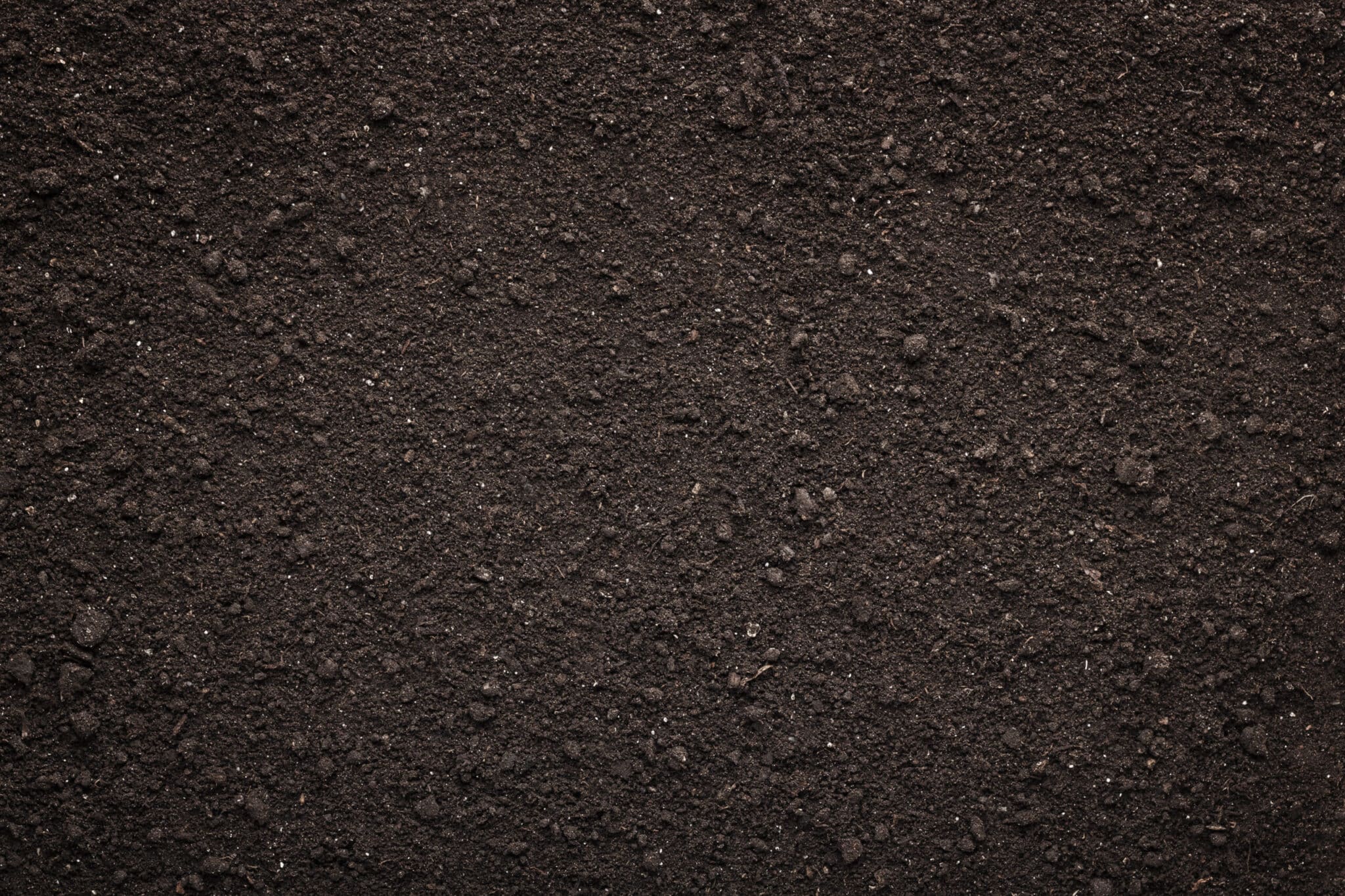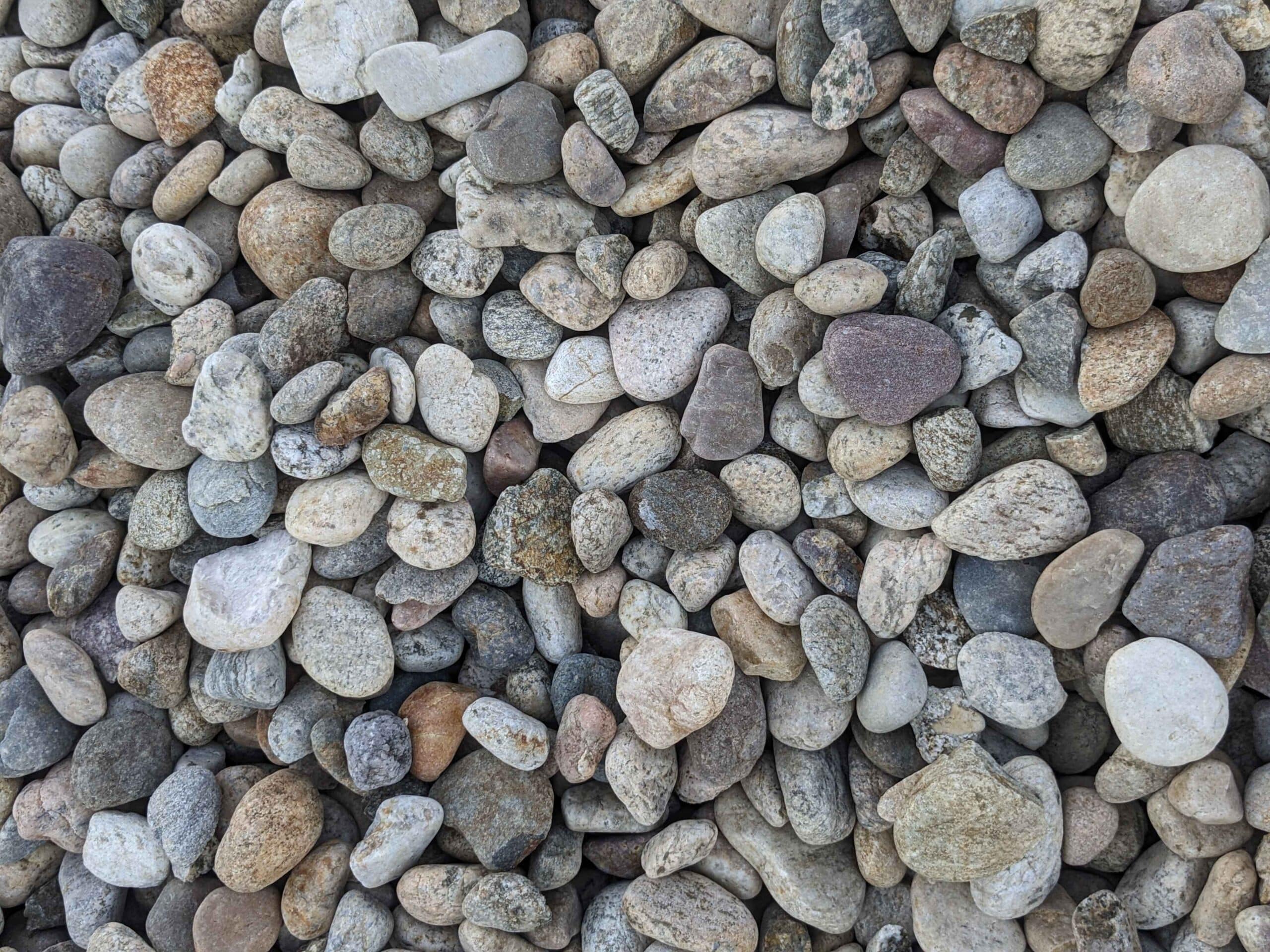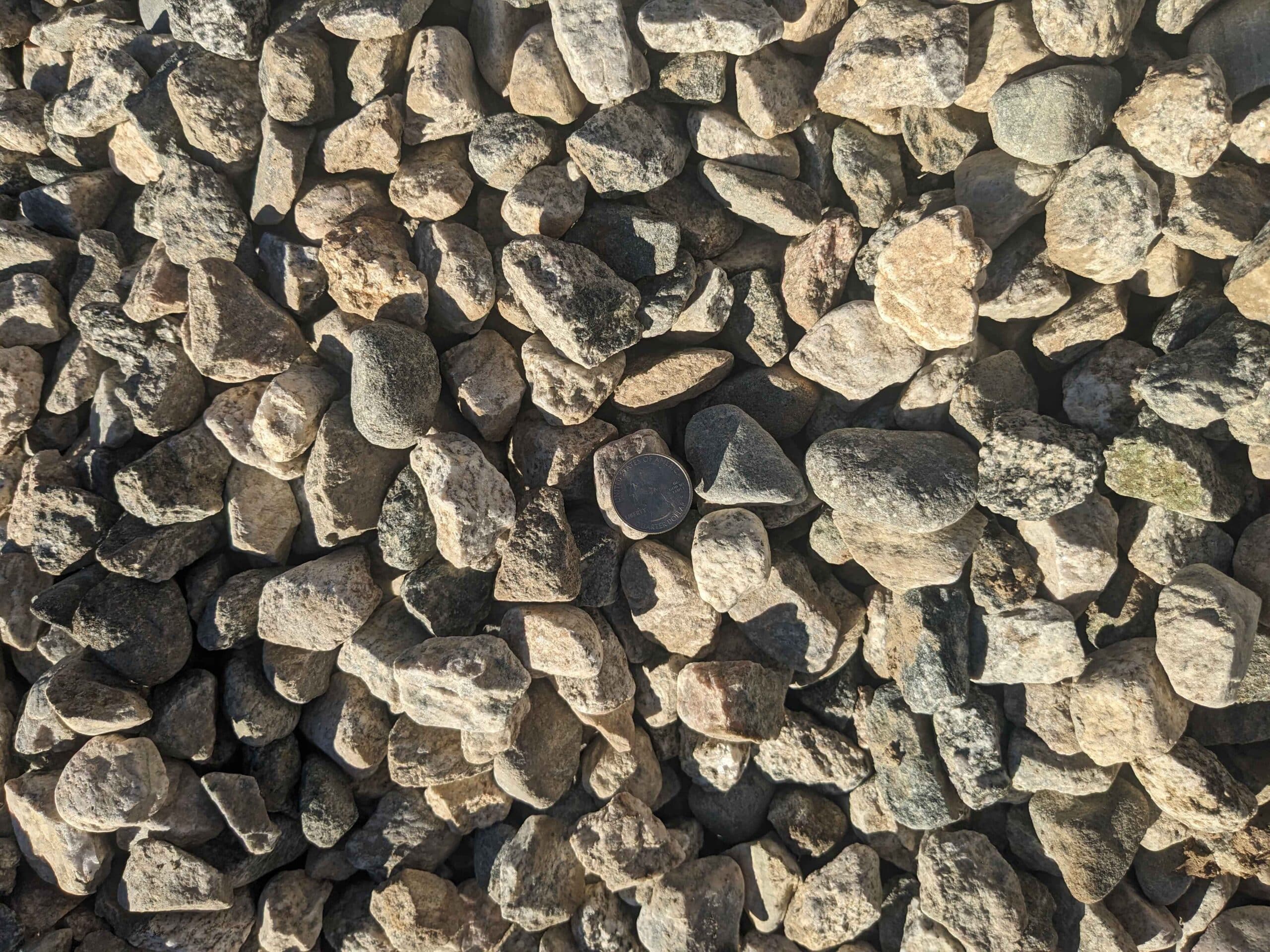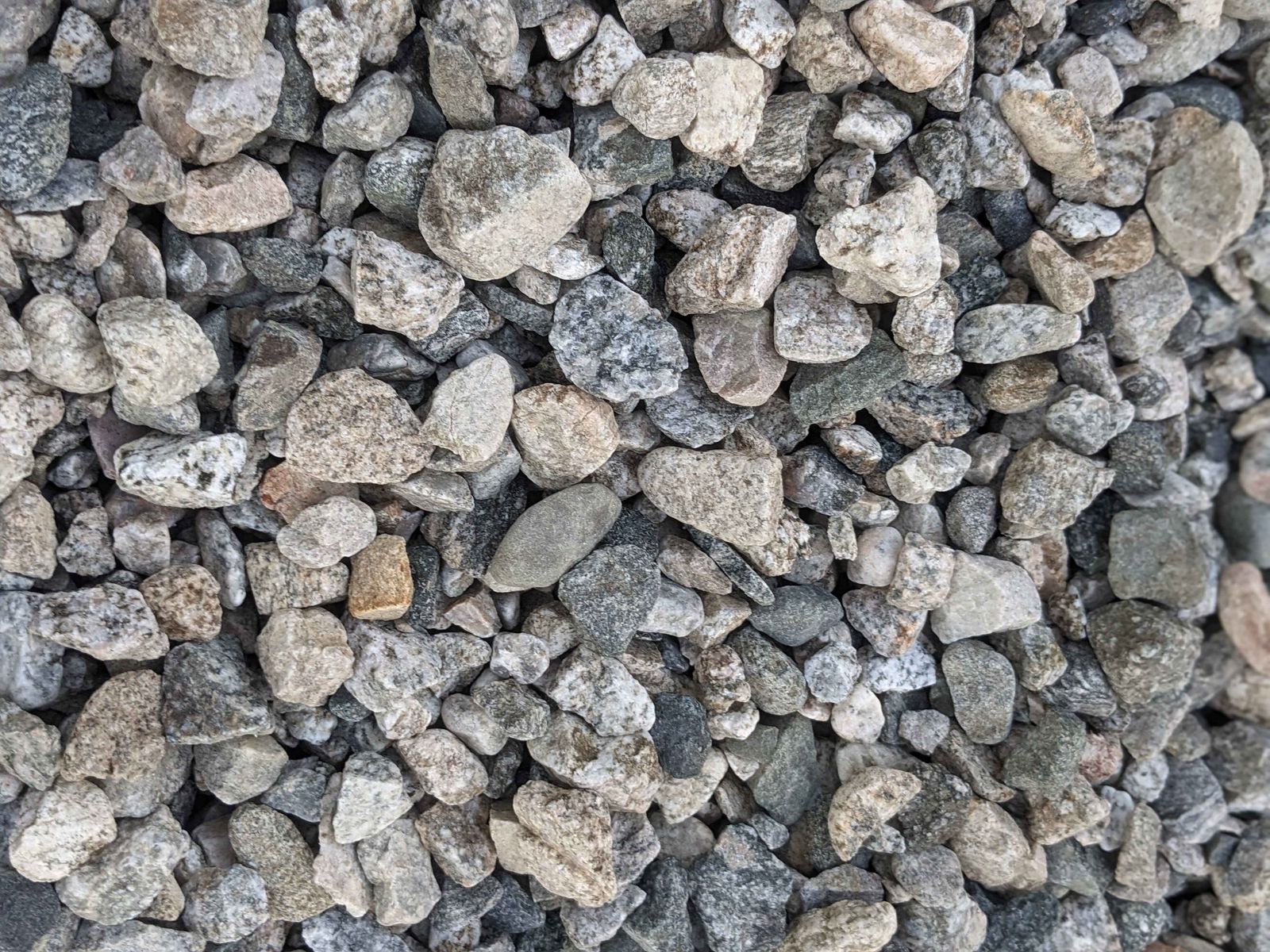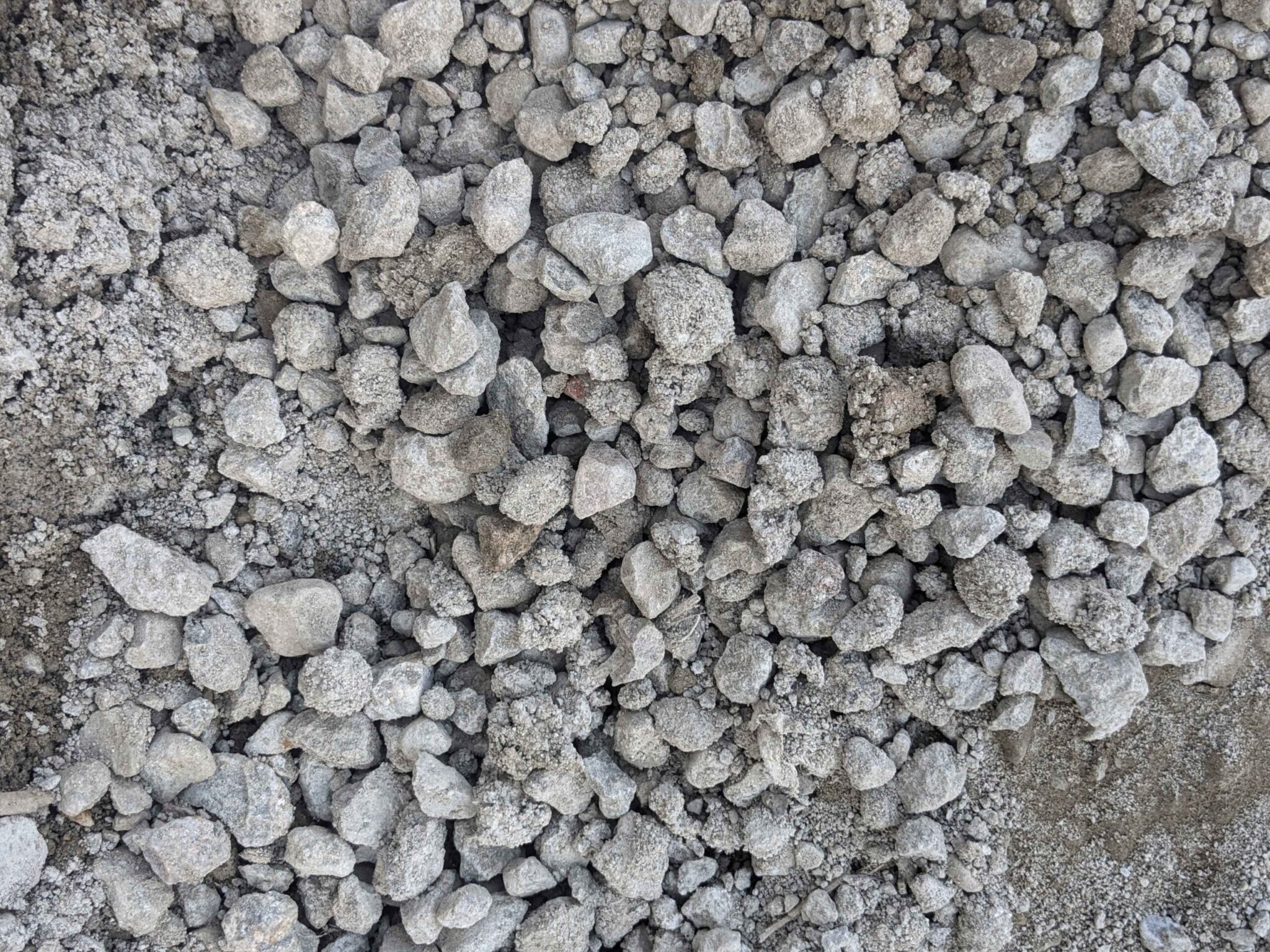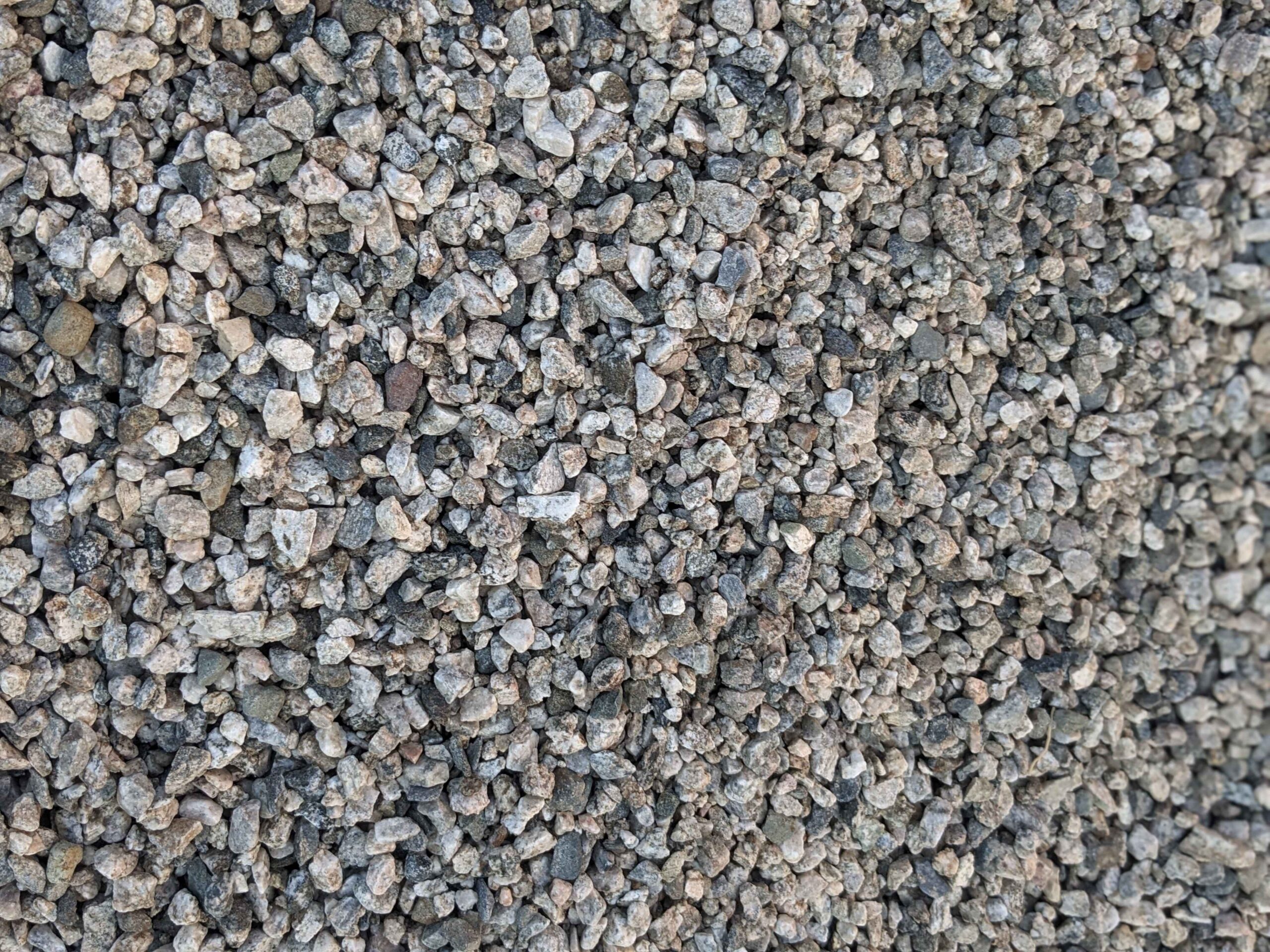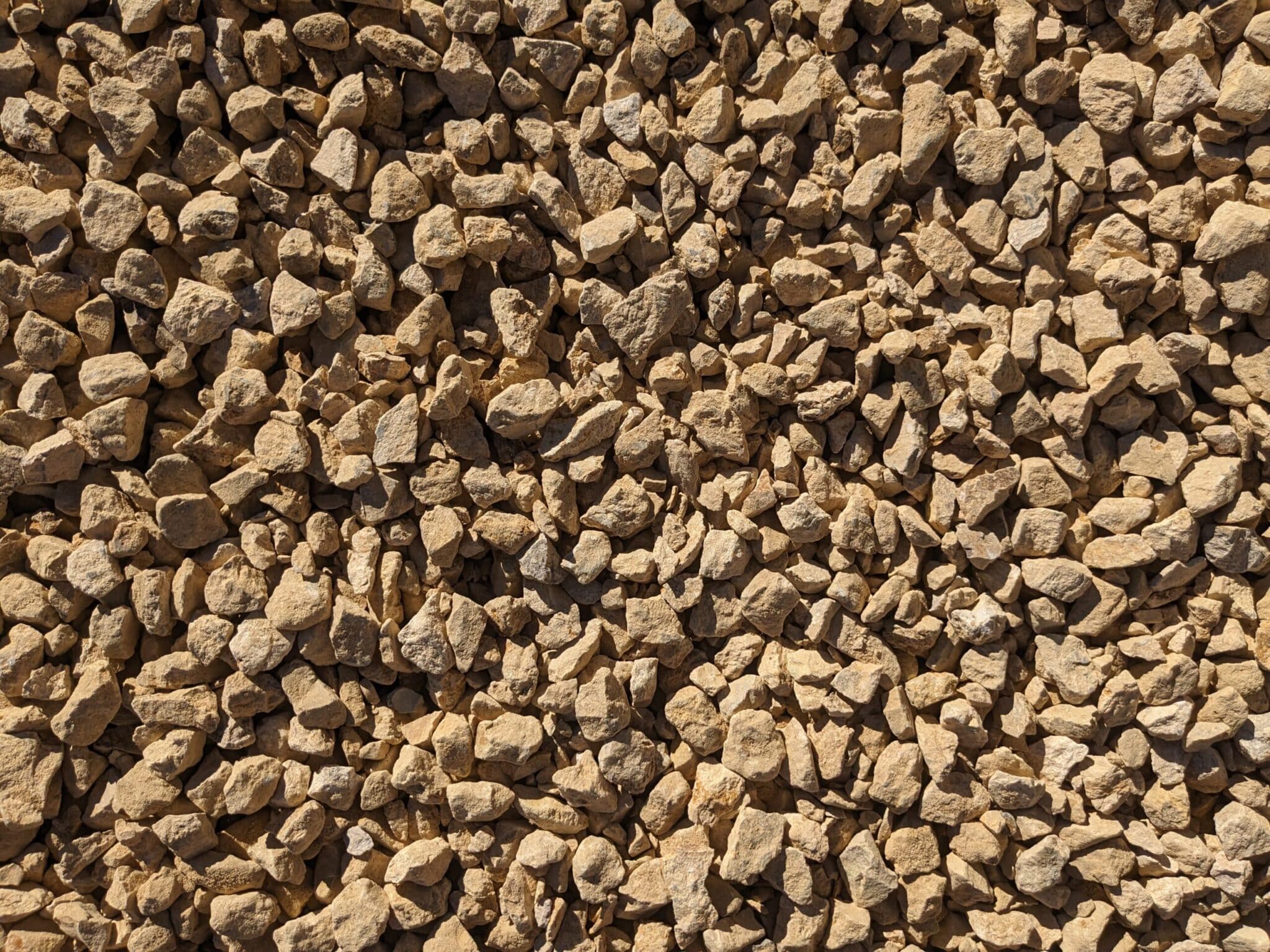Landscaping and construction are two areas where soil and gravel play crucial roles. Understanding the benefits and characteristics of these materials is essential for achieving successful and sustainable projects. In this article, we will explore the various uses and advantages of soil and gravel in both landscaping and construction.
Understanding Soil and Gravel
Defining Soil and Gravel
Soil can be defined as the natural upper layer of the earth’s surface, composed of organic and inorganic materials such as minerals, organic matter, water, and air. It provides a medium for plant growth and is a resource vital for all aspects of life.
When we think of soil, we often imagine a brown, fertile substance that plants thrive in. However, soil comes in various colors, ranging from red and yellow to black and even white, depending on the minerals present in the region. These minerals not only give soil its color but also contribute to its overall composition and characteristics.
Gravel, on the other hand, is a loose aggregation of small stones or pebbles. It is typically formed naturally through the process of weathering and erosion. Gravel is known for its stability, versatility, and excellent drainage properties, making it valuable in a wide range of applications.
When it comes to gravel, there is more to it than meets the eye. Gravel can be classified into various types based on its size and shape. For instance, there is pea gravel, which consists of small, rounded stones resembling peas. On the other hand, crushed stone gravel is made up of angular stones that interlock when compacted, providing a more stable surface.
The Composition of Soil and Gravel
Soil composition varies depending on factors such as climate, geography, and the parent material from which it is derived. The three main soil components are sand, silt, and clay, each with distinct properties that influence its behavior and suitability for different purposes.
Sand, the largest soil particle, is gritty and allows for good drainage. It is commonly found in sandy soils, which are loose and well-draining, making them suitable for plants that prefer drier conditions. Silt, on the other hand, consists of fine particles that feel smooth to the touch. Soils with a high silt content tend to be fertile and retain moisture well, making them ideal for agriculture.
Clay, the smallest soil particle, is sticky when wet and hard when dry. Soils with a high clay content have excellent water-holding capacity but can become compacted easily, leading to poor drainage and limited root growth. However, clay soils are often rich in nutrients, making them valuable for growing certain crops.
Gravel, as mentioned earlier, is made up of small stones or pebbles. The size and shape of the stones can vary, resulting in different types of gravel with unique characteristics. For example, larger stones in gravel can provide stability and prevent erosion, making it suitable for constructing driveways and walkways. On the other hand, smaller stones can be used as a decorative element in landscaping projects.
Furthermore, gravel can also be classified based on its geological origin. Some types of gravel are formed from the erosion of rocks like granite or limestone, while others are the result of riverbed deposits or glacial activity. These different origins contribute to variations in gravel color, texture, and durability.
The Role of Soil in Landscaping
When it comes to landscaping, soil plays a crucial role in creating a beautiful and thriving outdoor space. It serves multiple purposes, including planting, drainage, and erosion control. Each soil type has its own unique characteristics that impact its suitability for specific landscaping applications.
Soil Types and Their Uses in Landscaping
Understanding the different soil types is essential for landscapers as it allows them to make informed decisions when selecting plants and designing outdoor spaces. One common soil type is sandy soil, which is well-draining and ideal for drought-tolerant plants. Its coarse texture allows water to pass through easily, preventing waterlogging and providing the necessary aeration for plant roots.
On the other hand, clay soil has a fine texture and retains moisture more effectively. This makes it well-suited for plants that require constant hydration. Its ability to hold onto water can be beneficial in dry climates where water scarcity is a concern. However, it can also pose challenges as it may become compacted and less permeable, leading to drainage issues.
Loamy soil, a combination of sand, silt, and clay, is often considered the ideal soil type for landscaping. It offers a balanced mix of drainage and water retention, making it suitable for a wide range of plants. Its texture allows for easy root penetration and provides a stable foundation for plant growth.
The Importance of Soil Quality in Landscaping
While soil type is important, the quality of the soil is equally critical for successful landscaping projects. Healthy soil provides the necessary nutrients and support for plants to grow and establish strong root systems. It acts as a reservoir, holding water and releasing it slowly, reducing the need for excessive irrigation.
Soil quality can be improved through a process known as soil amendment. This involves adding organic matter, such as compost or peat moss, to enhance fertility and improve drainage. Soil amendment can also help break up compacted soil, allowing for better root development and nutrient absorption.
Testing the soil composition and pH levels is an essential step in determining the appropriate amendments required for optimal plant growth. It helps identify any deficiencies or imbalances that may hinder plant health and guides the selection of suitable plants for the specific soil conditions.
Additionally, maintaining soil health through proper care and maintenance practices is crucial. Regularly aerating the soil, removing weeds, and mulching can help preserve soil structure and fertility, ensuring long-term success in landscaping endeavors.
The Role of Gravel in Landscaping
Different Types of Gravel for Landscaping
Gravel is a versatile material with numerous applications in landscaping. Different types of gravel, such as crushed stone, river rock, or pea gravel, offer distinct aesthetics and functional qualities.
Crushed stone, with its angular edges, provides excellent stability and is popular for pathways and driveways. River rock, with its smooth, rounded appearance, is often used for decorative purposes and to create natural drainage channels. Pea gravel, which consists of small, rounded stones, is commonly used for filling gaps in-between larger stones or pavers.
Gravel as a Design Element in Landscaping
Gravel can also serve as a design element in landscaping, adding texture, color, and contrast to outdoor spaces. The wide variety of gravel types and colors available allows landscapers to create visually appealing arrangements that complement the overall design theme.
In addition to aesthetics, gravel can also help prevent soil erosion by acting as a protective layer on sloped areas. It allows water to seep through while reducing the force of runoff, minimizing the risk of soil erosion and maintaining landscape integrity.
The Role of Soil in Construction
Soil as a Building Material
In construction, soil is not only a foundation but also a building material itself. Certain types of soil, such as clay or compacted gravel, can be used to construct embankments, berms, and even structural elements like rammed earth walls.
Soil-based construction techniques offer several advantages, including cost-effectiveness, thermal insulation properties, and environmental sustainability. These methods often rely on proper soil classification and compaction to ensure stability and minimize potential settlement issues.
Soil Stability and Construction
One of the primary concerns in construction is ensuring soil stability to avoid structural failure. Various factors, such as soil composition, moisture content, and the presence of contaminants, must be assessed to determine the appropriate construction techniques.
Techniques like soil compaction, ground improvement, and geotechnical engineering can be employed to enhance soil stability, especially in areas with weak or problematic soil conditions. These measures ensure the integrity and safety of structures built on or in the ground.
The Role of Gravel in Construction
Gravel in Construction: From Foundations to Driveways
Gravel plays a crucial role in construction, particularly in the creation of solid foundations for buildings, roads, and other infrastructure projects. Its excellent drainage properties and load-bearing capacity make it an ideal choice for supporting structures and preventing uneven settlement.
Gravel can also be used as an aggregate in concrete and asphalt, enhancing their strength and durability. The size and quality of gravel used can vary depending on the specific construction requirements, ensuring optimal performance and long-term stability.
The Durability and Versatility of Gravel in Construction
One of the key advantages of gravel in construction is its durability and versatility. It can withstand heavy loads and resist erosion, making it suitable for high-traffic areas like driveways, parking lots, and walkways.
In addition to its functional benefits, gravel can also enhance the aesthetic appeal of construction projects. With the availability of different gravel types and colors, architects and builders can incorporate visually pleasing elements that blend harmoniously with the surrounding environment.
In conclusion, soil and gravel offer numerous benefits for both landscaping and construction. Understanding their characteristics, applications, and advantages is essential to achieve successful and sustainable projects. From improving soil quality in landscaping to providing stable foundations in construction, these materials play integral roles in creating functional and visually pleasing outdoor spaces. Whether it’s shaping landscapes or constructing solid structures, soil and gravel truly deserve recognition for their invaluable contributions.
Start Your Project with Premium Aggregates from Bulk Aggregate Supply
Ready to enhance your landscaping or kickstart your construction project with top-quality soil and gravel? Look no further than Bulk Aggregate Supply, your nationwide provider of the finest aggregates. Experience our white glove service and let us handle the heavy lifting. Whether you’re paving a small driveway or embarking on a large civil construction project, we’ve delivered millions of tons of premium materials to satisfied customers. Check out our products today and enjoy a seamless solution to purchasing aggregates online, with delivery straight to your site.


